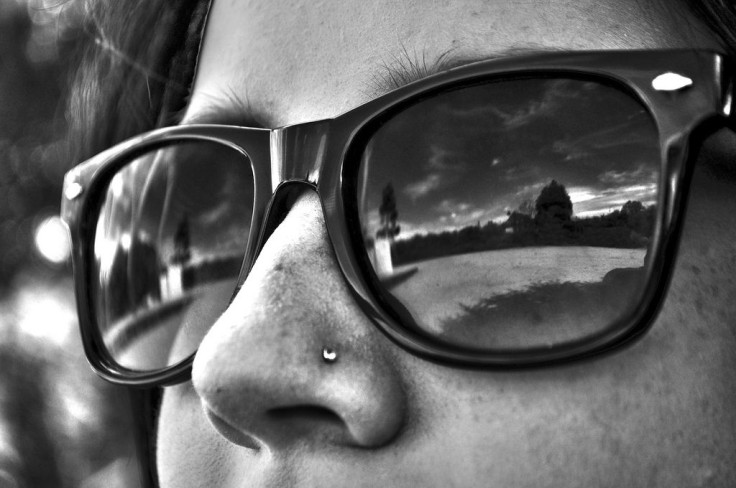Sense Of Smell: Human Nose Can Detect Different Illnesses That Make You Stink

Detecting diseases can sometimes be as quick and simple as using your sense of smell. In Gross Science’s latest video, “How Different Diseases Make You Smell,” host Anna Rothschild explains diseases ranging from yellow fever to maple syrup urine disease can make your breath, urine, stool, and other bodily fluids give off a bad smell as you fall ill.
Throughout history, doctors have known that different diseases smell different ways, as they would sniff their patients to help them with diagnoses. A 2011 study published in the journal Sensors found the skin of people with the virus yellow fever smells like a butcher’s shop, while scrofula (a type of tuberculosis infection) smells like a stale beer. The smell of unhealthiness was picked up within just a few hours after the immune system was triggered — probably before the person would know they were infected.
Genetic conditions, like maple syrup disease — which can be fatal if untreated — can give off an aroma of maple syrup due to a gene defect that doesn’t allow patients to break down certain amino acids properly. Other conditions like trimethylaminuria — a disorder where the body is unable to break down the chemical compound trimethylamine — has a pungent rotten fish smell. However, these are just some diseases humans can smell.
Dogs are able to sniff out certain types of cancer “in situ” or at stage zero, which is valuable when it comes to early detection of disease, says the InSitu Foundation. This is because dogs can smell in parts per trillion, like sniffing out one cc (less than a drop) of blood, diluted into 20 olympic-sized swimming pools.
Scientists have developed electronic noses, which are smelling machines that can detect very faint traces of compounds that the human nose would never be able to pick up. Currently, researchers are looking to use dogs or e-noses to detect diseases before they become debilitating.
If you’re feeling sick, just take a quick whiff. It could save your life.
Published by Medicaldaily.com



























